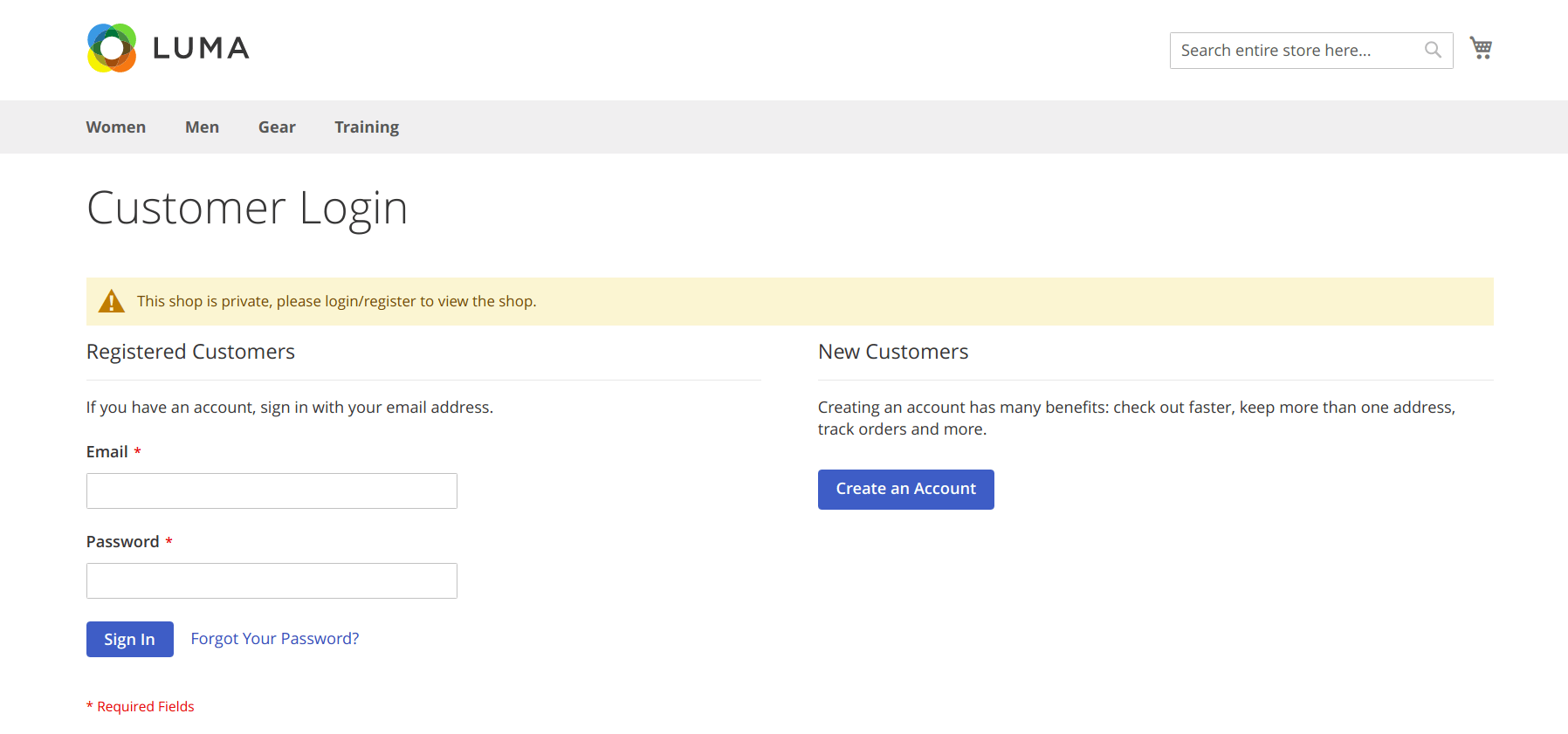

- #Business information minbox how to
- #Business information minbox password
- #Business information minbox series
Logins from odd places or times : If you see logins coming from geographical areas that seem unfamiliar or at times when you are asleep, it can be a dead giveaway that your account has been compromised.We use hundreds of metrics to look for compromised accounts, but these are some of the clues you can use to identify an insider threat. For this reason they will use internal email addresses to phish increasingly more important accounts until they can acquire what they are after.

Often the first account they compromise is not their end-goal, as it may not have administrative rights or have access to proprietary files. This is done as a way to cover the tracks of the hacker as they attempt to move through an organization. They may even create rules to forward attachments out of the company or text themselves, should they be discovered. Meanwhile, completely oblivious to anything being wrong, the owner of the compromised account is also using the same email account as the hacker but will likely be unaware of anything occurring outside the inbox and sent folder. Now the hacker can use the email account at their own leisure, as long as they keep their activities to the trash folder. If email contains “hack”, “phish”, “account”: move to Deleted Items That is why the hacker often creates other rules of the form: The hacker can carry on a complete conversation from within the trash folder.īut what if one of the recipients of those emails gets suspicious? They may try and warn the user of the compromised account that they sent a phishy email. When the hacker sends emails with the subject “Can you do me a favor?” the original email will be deleted along with replies. If subject = “Can you do me a favor?,”: move to trash A term might be the subject of an email they send to coworkers: Once the hacker has gained access to an email account, they create inbox routing rules to move or delete emails with specific terms. The “Alternate Inbox” method describes the tactic of using an email folder, usually the trash folder, within a compromised email account in order to send and receive emails in way that is invisible to the owner. Most attackers seek to take over a user’s email account in order to perform reconnaissance and compromise additional users, sending and receiving emails from the victim’s account in a way that avoids detection.

#Business information minbox password
Because we assume that we may not see the actual compromise event (a user loses their password in a third-party breach, for example), we identify insider threats by both anomalous behavior and common attack behaviors.
#Business information minbox series
This the first in a series of blogs about each of the post-breach behaviors that we use to identify a compromised account.
#Business information minbox how to
Our last blog post, Post-Breach Protection: What to Do When You're Already Compromised, gives an overview of some of this behavior and how to recognize it, but we think it is vital we provide a much deeper explanation of some of these methods. What we have found is that the initial phish is often only the beginning, and the real attack takes place over a much longer period of time. When we deploy in a new customer’s environment, we go back in time to analyze months worth of event behavior that might include previous attacks and currently compromised accounts.

What does a hacker do once they have access to your account?Īs an email security platform, learning about hacker behavior is a significant part of what we do. An attacker could have your account password without sending you a single piece of malware or phishing email. Before you continue reading, you should check to see if your email address is one of the millions that has already been compromised:.


 0 kommentar(er)
0 kommentar(er)
